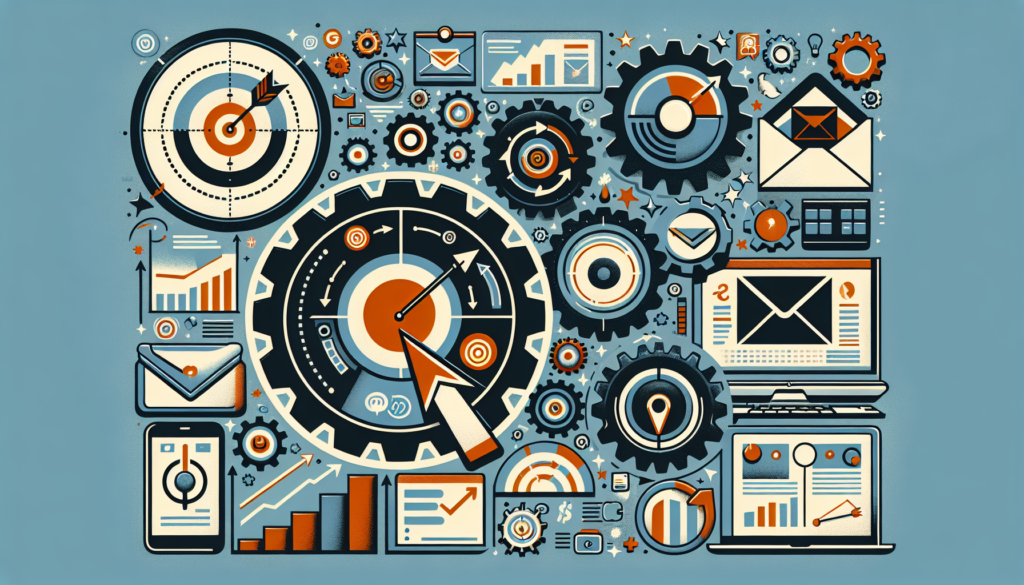Email marketing continues to be an essential channel within the digital marketing domain, offering an average return on investment of $42 for every dollar spent. However, in a world saturated with communications, creating effective automated workflows is key to ensuring that email messages not only reach the inbox but also provoke the desired action from the recipients. This guide is designed to provide detailed strategies for the design and deployment of automated email marketing campaigns that generate tangible results and improve the user experience.
Strategic Workflow Planning
Email marketing workflows are automated sequences of emails deployed based on the recipient’s behavior or characteristics. Their planning will involve an in-depth analysis of the target audience, data-based segmentation, and meticulous personalization.
Segmentation and Targeting: The first step is to identify distinct groups within the database, segmenting by demographics, online behavior, purchase history, and previous engagement with emails. This allows for the creation of highly relevant and personalized content.
Customer Journey Mapping: Outlining the customer’s journey from the email recipient’s perspective provides fundamental insights for designing workflows that match different touchpoints and stages of the conversion funnel.
Development of Relevant Content: With segmentation in place, developing content that resonates with each group and takes them through a calculated journey is critical. Each email must be designed to offer added value and promote the next desired action.
Tools and Technology
Selecting the right marketing automation platform is critical to implementing sophisticated and effective workflows. Features to consider include:
- Automation and Personalization: The ability to trigger emails based on specific behaviors such as webpage visits, previous email opens, or content downloads.
- Advanced Segmentation: Tools that enable fine-tuning segmentation based on rich and dynamic data.
- A/B and Multivariate Testing: To optimize the effectiveness of emails, it’s crucial to test different elements such as subject lines, calls to action, and email design.
- Analytics and Reporting: Platforms that provide detailed analytics on performance metrics, allowing for iterative adjustments to the email marketing strategy.
Workflow Implementation
Once the strategy is established and technology is selected, it’s time to implement the workflows in an orderly and methodical manner. Workflows may include:
- Welcome Emails: Triggered by subscription to a mailing list, these emails establish the initial relationship and tone for future communications.
- Cart Abandonment Emails: They remind customers of their unfinished carts, often with special offers to facilitate conversion.
- Nurture Emails: Designed to educate and build relationships with potential customers over time.
- Reactivation Emails: Focused on re-engaging users who have not interacted with the brand within a defined period of time.
Optimization and Continuous Improvement
A crucial component of any effective email marketing workflow is constant evaluation and adjustment based on performance data.
Testing and Analysis: Regularly implement A/B testing, review metrics such as open rates, click-through rates, and conversion rates, and listen to user feedback are essential steps.
Real-Time Adjustments: Data should be used to make real-time adjustments to campaigns, maximizing their relevance and effectiveness.
Legislation and Best Practices: Keeping up-to-date with data privacy laws and ethical email marketing practices is critical to avoid penalties and maintain customer trust.

